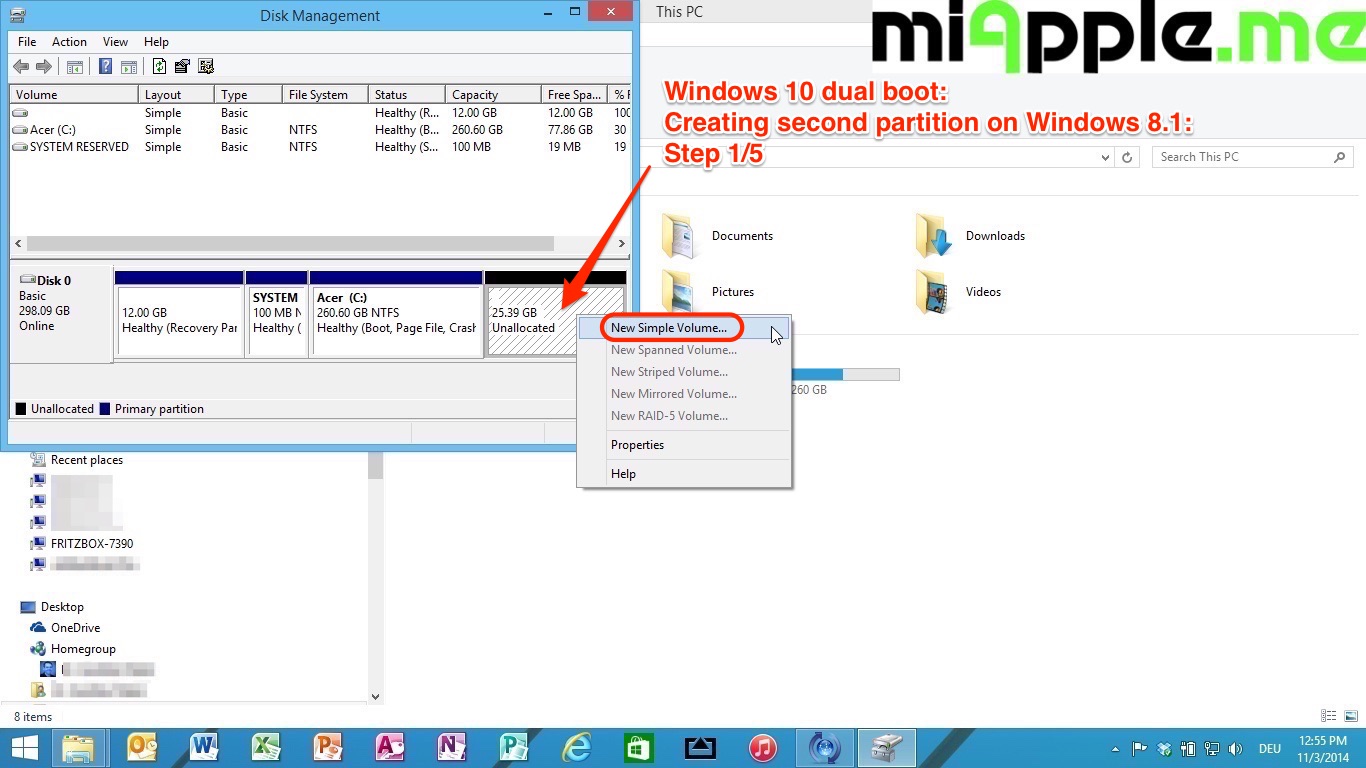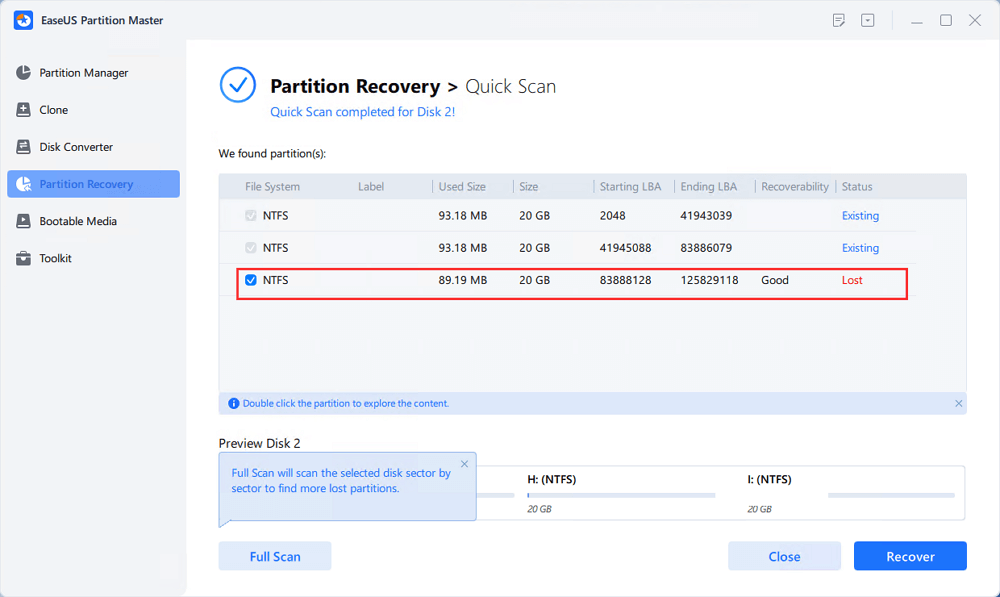

- WINDOWS 10 CREATE BOOT PARTITION HOW TO
- WINDOWS 10 CREATE BOOT PARTITION INSTALL
- WINDOWS 10 CREATE BOOT PARTITION WINDOWS 10
Once the USB media boots up, a new grub screen should appear on your monitor where you are able to select Install Ubuntu to continue. When you are in, navigate to Boot Option and set the target to boot from the USB flash drive.

Please read the instructions of your mainboard to check.

That key can be F2, F10, F12, Dele, or some combinations. Usually, you can get into the BIOS system by pressing a specific key repeatedly before the Windows logo appears. To do this, you will need to enter the BIOS setting and change the boot priority.
WINDOWS 10 CREATE BOOT PARTITION HOW TO
Here comes to the main point of how to install Ubuntu on Windows 10, please take care of the step-by-step guide.įirst of all, set your device to boot from the bootable Ubuntu USB drive. There is not enough space available on the disk(s) to complete this operation”, I believe using MiniTool Partition Wizard is much easier due to its wizard-like interface and its stable functioning. If you are familiar with Windows Disk Management utility, you can shrink the C drive, or delete a non-system partition to make some unallocated space (please ensure that you have made the file backup before the deletion).įor those who are unfamiliar with this tool, or who get stuck in receiving the error “ So now you have got the task to release some free space form your Windows computer. To install Linux on Windows 10, it is recommended that your computer has at least 10 GB free space (2 for the OS, while the rest for the files and applications). Make Unallocated Space Where Ubuntu Will Be Installed Then use a tool like UNetbootin and Rufus to burn the Ubuntu ISO to this USB drive. Check out how for format USB drive to FAT32. Now prepare a USB flash drive that is formatted to FAT32. You can get it by visiting clicking here. To install Ubuntu on Windows 10, the first thing you need to prepare is the ISO file of Ubuntu.
WINDOWS 10 CREATE BOOT PARTITION WINDOWS 10
Install Linux (Ubuntu) on Windows 10 for Dual Boot Step 1. Having a Windows computer backup is a good idea in the event something goes wrong. Please take care of what partitions you are modifying and where you are installing Ubuntu to. Note: This installation has the potential to go wrong very easily as it involves editing existing partitions. Installing the other has a very similar process. Since Ubuntu is the one most people have heard of, today I will go through the process of how to install Linux on Windows 10 using Ubuntu for example. Here are top 10 Linux distributions according to PCworld: In fact, Linux is divided into many distributions, and Ubuntu (distribution based on Debian) is probably the most well-known one. Thus, a lot of Windows users would like to have a try on Linux, and they wonder how to install Linux on Windows 10. For computer users, Windows is the most commonly used operating system, but Linux is always a dual-boot trying due to its various advantages: open source, more secure, stable, flexible, revive old computer, totally free, and more. In the field of the embedded desktop operating system, Windows, Mac OS, and Linux are three major operating systems occupying nearly all markets. Install Linux on VirtualBox on Windows 10 Install Linux (Ubuntu) on Windows 10 for Dual Boot


 0 kommentar(er)
0 kommentar(er)
